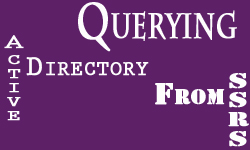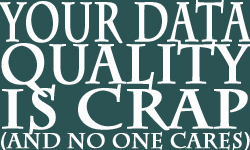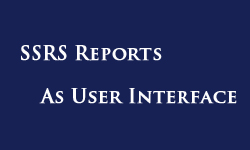
Top 4 Quotes For Report Developers
Before I start into the quotes, I want to let you know about something I’m trying for 2015. I have committed myself to writing at least one blog post per month. As a personal incentive, if I fail to post, I will give away one copy of the new “Pro T-SQL Programmer’s Guide, 4th edition” –Miguel Cebollero to the first person to call me out on it by commenting on my previous month’s post. If I reach my goal and post at least once each month, I’ll give away one copy in a random drawing of those who have written at least one (relevant) comment to one of my 2015 posts.
Now, to the quotes. I am a big movie and book fan and often wonder if the quotes I cite to folks are lost on them or if they “get” my references. So I thought it might be fun to explain a few of my favorites. I’m sure if you’ve ever written a report once you read these, even if you haven’t read the book or seen the movie, you’ll get them.

Counting down from number 4:
As the saying goes, “If you had an infinite number of monkeys and an infinite number of typewriters, you could have the entire works of Shakespeare in no time.” I throw this one out there any time a question of data quality comes up. Sure, you just might have the entire works of Shakespeare, some unimaginable gems hiding in your data, but you also have so much junk that it would take you an eternity to find them. Still as report writers, we are expected to present that gem, and ONLY that gem in a report that has more exception criteria than results!


 ITProCamp 2013
ITProCamp 2013